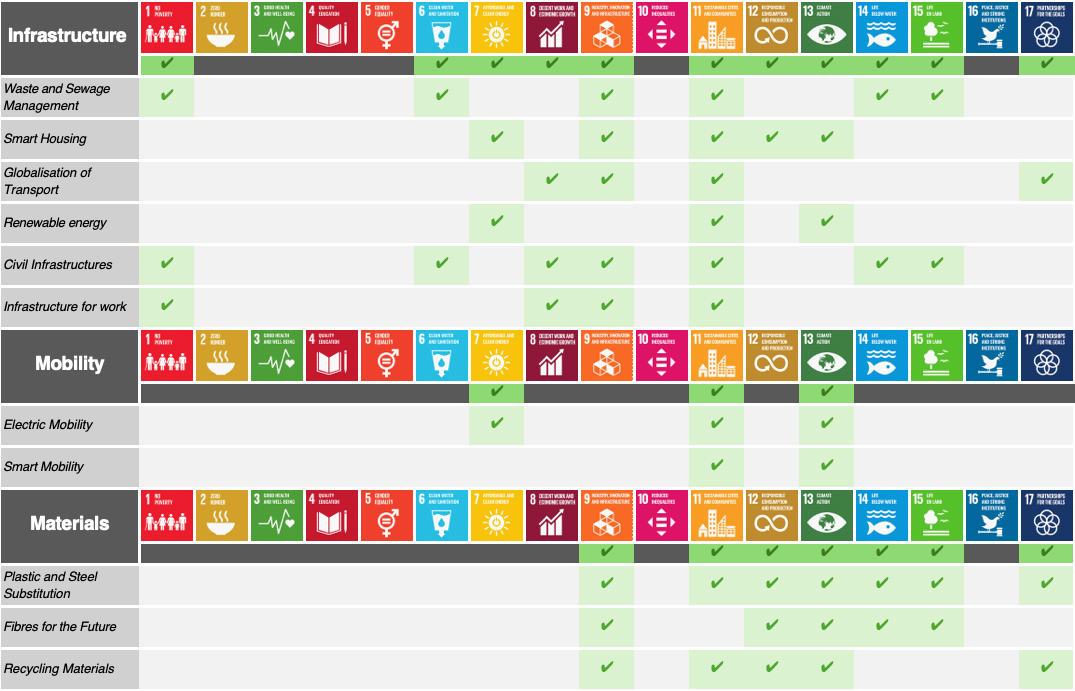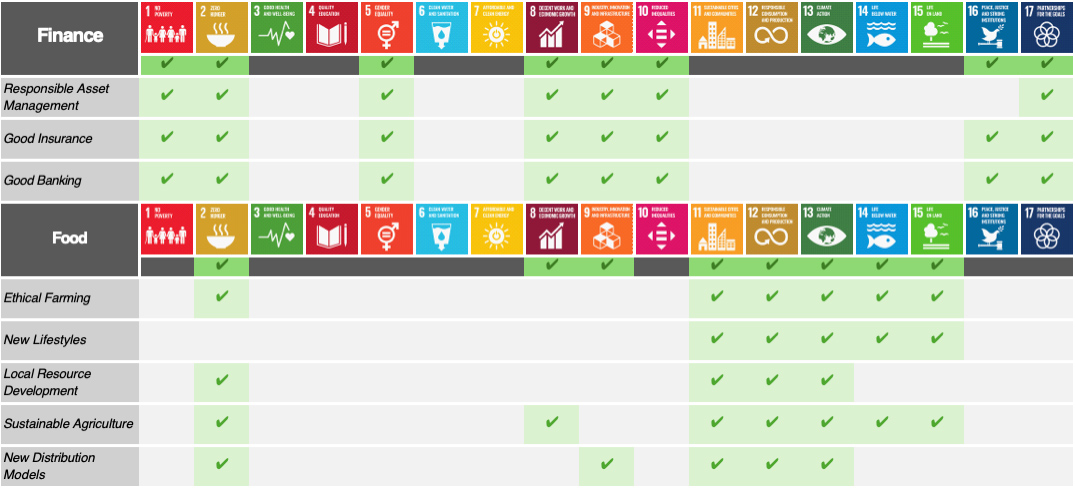
SDGs stand for the "Sustainable Development Goals"
A set of 17 goals that set out a vision for a more sustainable world, free from poverty, hunger and disease.
The United Nations General Assembly set up the SDGs in 2015.
193 of the United Nation’s member states have pledged to it.
The SDGs were set up as the central focus of Agenda 2030 as 17 interlinked global goals. The goals are designed to be a blueprint to achieve a better and more sustainable future for all.
Agenda 2030 is a plan set by the United Nations General Assembly to improve the world through the achievement of the 17 SDGs, in order to create a better and fairer world by 2030.
Please wait while flipbook is loading. For more related info, FAQs and issues please refer to DearFlip WordPress Flipbook Plugin Help documentation.
Goal 1: End poverty in all its forms everywhere
Goal 2: End hunger, achieve food security and improved nutrition and promote sustainable agriculture
Goal 3: Ensure healthy lives and promote well-being for all at all ages
Goal 4: Ensure inclusive and equitable quality education and promote lifelong learning opportunities for all
Goal 5: Achieve gender equality and empower all women and girls
Goal 6: Ensure availability and sustainable management of water and sanitation for all
Goal 7: Ensure access to affordable, reliable, sustainable and modern energy for all
Goal 8: Promote sustained, inclusive and sustainable economic growth, full and productive employment and decent work for all
Goal 9: Build resilient infrastructure, promote inclusive and sustainable industrialization and foster innovation
Goal 10: Reduce inequality within and among countries
Goal 11: Make cities and human settlements inclusive, safe, resilient and sustainable
Goal 12: Ensure sustainable consumption and production patterns
Goal 13: Take urgent action to combat climate change and its impacts
Goal 14: Conserve and sustainably use the oceans, seas and marine resources for sustainable development
Goal 15: Protect, restore and promote sustainable use of terrestrial ecosystems, sustainably manage forests, combat desertification, and halt and reverse land degradation and halt biodiversity loss
Goal 16: Promote peaceful and inclusive societies for sustainable development, provide access to justice for all and build effective, accountable and inclusive institutions at all levels
Goal 17: Strengthen the means of implementation and revitalize the global partnership for sustainable development
In 2000, leaders of 189 countries gathered at the United Nations headquarters and created the Millennium Development Goals (MDGs), in which they committed to achieving a set of eight measurable goals that range from halving extreme poverty and hunger to promoting gender equality and reducing child mortality, by the target date of 2015. This set of goals was very successful, which led to the development of a new set of 17 Sustainable Development Goals (SDGs) which had the aim of carrying on the momentum generated by the MDGs.
The SDGs demands for participation by all. This includes governments, individuals, local communities, minorities, and businesses in the private sector. These people are defined as the stakeholders of Agenda 2030.
The SDGs are accompanied by targets and indicators which measure the progress towards of the 17 goals.
Targets name specific outcomes and means of implementations that are meant to be achieved between 2020 and 2030.
There are 169 Targets
Indicators are measurable characteristics that quantify the progress towards achieving the targets.
There are 232 indicators
Each goal typically has 8–12 targets, and each target has between 1 and 4 indicators used to measure progress toward reaching the targets.
The Sustainable Development Goals are the result of over two years of intensive public consultation and engagement with civil society and stakeholders from around the world.
Particular attention was paid to the voices of the poorest and most vulnerable. For more information please look to page 25 onwards on this PDF file: https://sustainabledevelopment.un.org/content/documents/2703For_distribution_Stakeholder_Engagement_Practical_Guide_REV_11SEPT.pdf
Yes, it is. The goals can be categorized in three categories. There are four goals concerning the environment, eight goals concerning society, and four goals concerning the economy. Then they are all unified and brought together by the 17th goal of ‘Partnerships for the Goals’ to strengthen the capacities of all stakeholders to work together.
The 17 development goals are not a checklist for countries to meet. Instead, the different goals connect and impact one another, which helps to find and address the root cause of problems and create long-term plans.
For example, a health crisis such as tuberculosis (Bacterial infection of the lungs), could be affected by an unhealthy lifestyle, poverty, and poor air quality. This would involve the SDGs 3 of Good Health and Wellbeing, 1 of No Poverty, and 11 of Sustainable Cities and Communities.
All countries must use the targets and indicators to track their progress. They are then expected to regularly report their progress to United Nations through voluntary national reviews (VNR). https://sustainabledevelopment.un.org/vnrs/
Track each countries progress and trends towards the goals here: https://dashboards.sdgindex.org/profiles%20
The main way to contribute towards the achievement of SDGs is through educating yourself about each goal and informing the people around you.
The next step would be to follow the United Nations guide of what everyone can do to achieve the SDGs. Its main suggestions are for people to reduce their consumption, eat and shop and more responsibly, and to reuse as much as possible.
 |
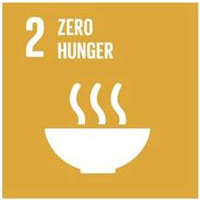 |
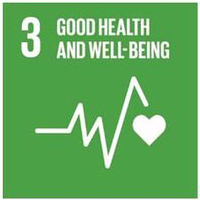 |
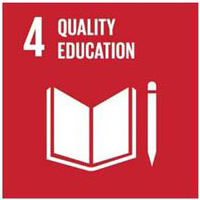 |
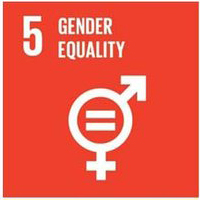 |
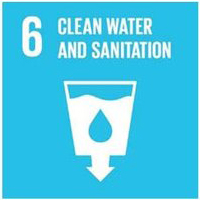 |
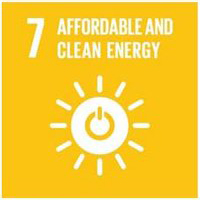 |
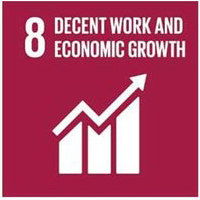 |
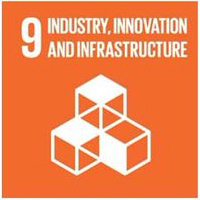 |
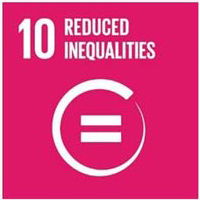 |
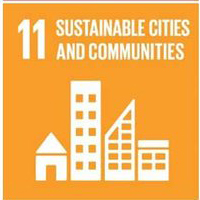 |
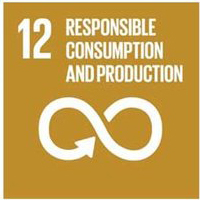 |
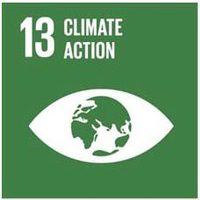 |
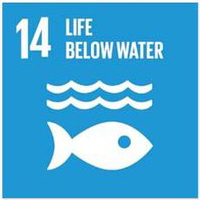 |
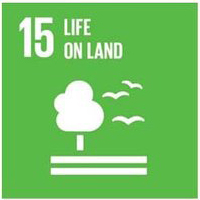 |
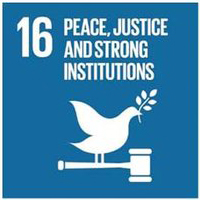 |
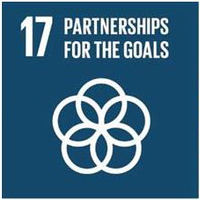 |
FAIRR Initiative | A Global Network of Investors Addressing ESG Issues in Protein Supply Chains
Please wait while flipbook is loading. For more related info, FAQs and issues please refer to DearFlip WordPress Flipbook Plugin Help documentation.
| 18-19 SEPTEMBER |
The 2023 SDG Summit, New York, USA
The 2023 SDG Summit will be convened in September 2023, during the United Nations General Assembly high-level week. Heads of State and Government will gather at the United Nations Headquarters in New York to follow-up and review the implementation of the 2030 Agenda for Sustainable Development and the 17 Sustainable Development Goals (SDGs). They will carry out a comprehensive review of the state of the SDGs, respond to the impact of multiple and interlocking crises facing the world, and provide high-level political guidance on transformative and accelerated actions leading up to the target year of 2030 for achieving the SDGs. The Summit will also bring together political and thought leaders from governments, international organizations, the private sector, civil society, women and youth and other stakeholders in a series of high-level meetings with the Heads of State and Government. The 2023 SDG Summit marks the mid-point of the implementation of the 2030 Agenda. The High-Level Political Forum on Sustainable Development (HLPF) in July 2022 under the auspices of the Economic and Social Council called for the Summit to “mark the beginning of a new phase of accelerated progress towards the Sustainable Development Goals.” The SDG Summit will be chaired by the President of the General Assembly. The outcome of the Summit will be a negotiated political declaration. Click here to go to the event webpage. |
| MAY 4th |
Presentation of the Global Sustainable Development Report 2023 (Goal 5,7,9,11,17)
This short presentation will provide an opportunity for the “Independent Group of Scientists” to engage with policymakers in a discussion on key findings of the Global Sustainable Development Report 2023. Mandated by Member States, the Global Sustainable Development Report is produced once every four years, serving as a scientific “assessment of assessments” to inform the quadrennial SDG Summit at the General Assembly. It is written by the Independent Group of Scientists, consisting of 15 experts, appointed by the UN Secretary-General, representing a variety of backgrounds, scientific disciplines, institutions, and geographic regions. This year’s report will launch in September 2023, as the world approaches the half-way point of the 2030 Agenda and struggles to rebuild from the COVID-19 pandemic and other interrelated crises. In this session, the scientists will engage in an informal discussion with policymakers about the practical, evidence-based solutions they recommend accelerating transformations for the SDGs. Click here to go to the event webpage. |
| MAY 3rd |
Metaverse for SDGs (Goal 6,7,9,11,17)
This special event comprises a high-level opening ceremony for the Metaverse for SDGs lab and exhibit, followed by a showcase of innovations for addressing sustainability issues in local communities and beyond. A particular focus will be on developing and scaling up innovations that address multiple SDGs (the in-focus SDGs 6, 7, 9 and 11) and/or that address the needs of vulnerable communities. This year’s exhibit showcases some of the winners from various competitions and challenges throughout the UN System. Innovators will describe their cutting-edge initiatives and share insights from their experience implementing development solutions in areas including water, energy, innovation, and sustainable cities. They will discuss opportunities for these new technologies to accelerate sustainable and inclusive recovery from the pandemic towards a brighter future. Click here or a Metaverse for UN SDGs – An Exploratory Study. |
| MARCH 22-24 |
UN 2023 Water Conference (Goal 6), New York, USA
Water is a fundamental part of all aspects of life. Water is inextricably linked to the three pillars of sustainable development, and it integrates social, cultural, economic and political values. It is crosscutting and supports the achievement of many SDGs through close linkages with climate, energy, cities, the environment, food security, poverty, gender equality and health, amongst others. With climate change profoundly affecting our economies, societies and environment, water is indeed the biggest deal breaker to achieve the internationally agreed water-related goals and targets, including those contained in the 2030 Agenda for Sustainable Development. The Conference, co-hosted by the Governments of Tajikistan and the Netherlands, will feature an opening and closing ceremony, six plenary meetings and five multi-stakeholder interactive dialogues. It will also feature a number of high-level special events and side events organized by Member States, the UN system and other stakeholders. Click here or a short introductory video. |
| FEBRUARY 8th |
Expert Group Meeting on Sustainable cities (Goal 11), Bilbao, Spain
In preparation for the review of SDG 11 – and its role in advancing sustainable development across the 2030 Agenda – the Division for Sustainable Development Goals of the UN Department of Economic and Social Affairs (UN-DESA/DSDG), United Nations Human Settlements Programme (UN-Habitat) and the United Nations Development Programme (UNPD), are organizing an Expert Group Meeting (EGM). The objective of the meeting will be to take stock of where we are in terms of progress towards SDG 11; to consider what has changed since the SDG was last reviewed in 2018, including in relation to the COVID-19 pandemic; to consider interlinkages with other SDGs and opportunities to leverage synergies and minimize trade-offs; to share knowledge about success stories, good practices and challenges; to identify particular areas of concern; and to suggest ways forward in terms of policies, partnerships and coordinated actions at all levels. This event will help inform the HLPF and the planning of its sessions as well as contribute to the evidence base for collaborations and programmes of work on sustainable cities going forward from 2023. Click here for a short introductory video on the SDG 11. |
| JULY 7th |
The Sustainable Development Goals Report 2022
The Sustainable Development Goals Report 2022 provides a global overview of progress on the implementation of the 2030 Agenda for Sustainable Development, using the latest available data and estimates. It tracks the global and regional progress towards the 17 Goals with in-depth analyses of selected indicators for each Goal. According to the Report, cascading and interlinked crises are putting the 2030 Agenda for Sustainable Development in grave danger, along with humanity’s very own survival. The Report highlights the severity and magnitude of the challenges before us. The confluence of crises, dominated by COVID-19, climate change, and conflicts, are creating spin-off impacts on food and nutrition, health, education, the environment, and peace and security, and affecting all the Sustainable Development Goals (SDGs). The Report details the reversal of years of progress in eradicating poverty and hunger, improving health and education, providing basic services, and much more. It also points out areas that need urgent action in order to rescue the SDGs and deliver meaningful progress for people and the planet by 2030. Click here or a short introductory video. |
| JULY 6th |
The State of Food Security and Nutrition in the World (Goal 2), New York, USA
“The State of Food Security and Nutrition in the World” is an annual flagship report to inform on progress towards ending hunger, achieving food security and improving nutrition and to provide in-depth analysis on key challenges for achieving this goal in the context of the 2030 Agenda for Sustainable Development. This year’s edition will focus on repurposing food and agricultural policies to make healthy diets more affordable. Click here for a short introductory video. |
| JUNE 27th JULY 1st |
UN 2022 Water conference (Goal 14), Lisbon, PortugalThe Ocean Conference, co-hosted by the Governments of Kenya and Portugal, comes at a critical time as the world is seeking to address many of the deep-rooted problems of our societies laid bare by the COVID-19 pandemic and which will require major structural transformations and common shared solutions that are anchored in the SDGs. To mobilize action, the Conference will seek to propel much needed science-based innovative solutions aimed at starting a new chapter of global ocean action. Solutions for a sustainably managed ocean involve green technology and innovative uses of marine resources. They also include addressing the threats to health, ecology, economy and governance of the ocean – acidification, marine litter and pollution, illegal, unreported and unregulated fishing, and the loss of habitats and biodiversity. Click here for a short introductory video. |
| 05-06 MAY |
7th multi-stakeholder forum on science, technology and innovation for the sustainable development goals (Goal 17), virtual meetingThe seventh annual Multi-Stakeholder Forum on Science, Technology and Innovation for the SDGs (STI Forum) will be held from 5 to 6 May 2022. The Forum will be convened by the President of ECOSOC H.E. Mr. Collen Vixen Kelapile, who has appointed two co-chairs – H.E. Mr. Kennedy Godfrey Gastorn, Ambassador and Permanent Representative of Tanzania to the United Nations, and H.E. Mr. Sergiy Kyslytsya, Ambassador and Permanent Representative of Ukraine to the United Nations. As in previous years, the theme of the STI Forum will be closely aligned with that of the High-Level Political Forum on Sustainable Development (HLPF), that will take place just shortly after, under the auspices of the Economic and Social Council. Forum STI will have an exclusive focus on the role and contributions of science, technology and innovation. The HLPF in 2022 instead will review in-depth Sustainable Development Goals 4 on quality education, 5 on gender equality, 14 on life below water, 15 on life on land, and 17 on partnerships for the Goals. The upcoming HLPF will take into account the different and particular impacts of the COVID-19 pandemic across all Sustainable Development Goals and the integrated, indivisible and interlinked nature of the Goals. Accordingly, the theme for the STI Forum 2022 will be: “Science, technology and innovation for building back better from the coronavirus disease (COVID-19) while advancing the full implementation of the 2030 Agenda for Sustainable Development”. Click here to go to the event webpage. |
| 2nd FEBRUARY |
ECOSOC Partnership forum 2022 (Goal 17), virtual meetingThe 2022 ECOSOC Partnership Forum will be held on 2 February 2022 on the “Building back better from the coronavirus disease (COVID-19) while advancing the full implementation of the 2030 Agenda for Sustainable Development”. Multiple actors and stakeholders will participate, including countries, the United Nations system, including international financial institutions, as well as international organizations, parliamentarians, local governments, non-governmental organizations, the private sector, civil society, scientists, academia, women, youth and others. Participants will debate solutions and policies to overcome the COVID-19 pandemic guided by the SDGs. They are expected to (a) exchange new ideas, expectations and priorities which should be explored further by the Council and the high-level political forum in the following months; and (b) shine the spotlight on forward-looking actions and partnerships by countries and all relevant stakeholders that can help recover from the pandemic and accelerate progress towards the 2030 Agenda. To prepare for the Partnership Forum, a global online stakeholder consultation has been set up to solicit views, experiences and proposals from all stakeholders and make them widely available in advance of the event. UNDESA has published a summary report to showcase the main findings (in the links). Click here to go to the event webpage. |
| 14–16 OCTOBER |
Second United Nations Global Sustainable Transport Conference (Goals 3, 9, 11), Beijing, ChinaThe second United Nations Global Sustainable Transport Conference provided the occasion to focus attention on the opportunities, challenges and solutions towards achieving sustainable transport worldwide. It followed up on the first Global Sustainable Transport Conference, held in 2016 in Ashgabat, Turkmenistan, and is expected to indicate a way forward for sustainable transport to help achieve the objectives of the 2030 Agenda for Sustainable Development and the Paris Agreement on climate change in the Decade of Action. Core focus of discussion have been universal access, enhanced safety, reduced environmental and climate impact, improved resilience, and greater efficiency. Main discussion core points have been: STI; poverty eradication, livelihoods and economic recovery; connectivity in rural areas and regions in special situations; green development, climate change mitigation, adaptation and resilience; policies for sustainable transports; sustainable cities. The event took place in limited presence and in virtual conference for the main participants. Click here for a short introductory video. |
| 8th JUNE |
World Oceans DayThe second UN World Oceans Day annual event: The Ocean: Life and Livelihoods. A light on the wonder of the ocean and how it is our life source, supporting humanity and every other organism on Earth. Click here for a short introduction video. |
| 18th MARCH |
Implementation of the Water-Related Goals and Targets of the 2030 AgendaA meeting to promote the implementation of the water-related goals and targets of the 2030 Agenda, showcasing solutions in various contexts, and identifying the lessons learnt and best practices.
Click here to go to the meeting webpage. |
Climate change is overall today. But we need to understand the science behind global warming to avoid the most damaging and irreversible climate change impacts on people and planet. Climate change is arguably the greatest challenge of our time. Human activity has already warmed the planet by one degree Celsius relative to pre-industrial times, and we are feeling the effects through record heat waves, droughts, wildfires and flooding. If we continue to burn fossil fuels at the current rate, the planet will reach two degrees of warming by 2050—the threshold that many scientists have identified as a dangerous tipping point. What is the science behind these projections? We need to understand the science in order to solve the broader environmental, societal and economic changes that climate change is bringing. This course allows to develop a deep scientific understanding of HOW the climate system has been changing; to articulate WHY the climate system is changing; Understand the nature of these changes; Develop a system thinking approach to analysing the impacts of climate change on both natural and human systems. All through basic and simple principle of climate science.
This course discusses the challenges and opportunities of the agricultural sector in the Mediterranean basin. It summarizes global-to-local challenges related to achievement of the Sustainable Development Goals (SDGs); outlines the history and culture of agriculture and its main characteristics with a focus on the “Mediterranean diet”; explains agricultural data with a focus on rural development models and value creation; explores EU policy frameworks and international agreements related to food and agriculture in the Mediterranean; and highlights emerging opportunities linked to innovation and sustainability in the sector.
A holistic view of how the ocean functions, how human interactions with the ocean can be understood, and what solutions are available to support both sustainable use and stewardship of our blue planet. Is the ocean the real final frontier? Humans have a greater understanding of the surface of the moon than they do of the depths of these waters. But what we know of the ocean proves it hosts a wealth of opportunity – connecting the world; supporting important and basic economic, cultural and environmental functions – despite being under significant threat. Stressed by unsustainable lifestyles and the increasing demands of a growing global population, how do we become good stewards of this massive natural resource?
We are living in a water stressed world. It is a global crisis and therefore we must act now! What can we do to save the planet and ensure availability of water for all by 2030? Water is the source of all life. Without it, neither humans nor nature will survive. Yet lack of access to water is a rapidly growing problem and one of the world’s gravest risks. It is a global crisis. The water we have at our disposal is often too little, too much or too dirty. We must learn to manage it more wisely, fairly and sustainably to avoid a serious water crisis.
The SDG Academy and the Stockholm International Water Institute have come together to offer this MOOC on some of the most important water issues. We focus on the key role water plays in the achievement of the Sustainable Development Goals, not least SDG 6, about sustainable water and sanitation for all. The course intends to explain the global water crisis through linkages between water, environment, and societal development, focusing on how to tackle issues such as growing water uncertainty and deteriorating water quality.
Agriculture is more than waving fields of wheat; our ability to grow food from existing natural resources –and without decimating those resources –is key to sustainably feeding the world. In this course, learn about food security worldwide, the effects of malnutrition, how we manage ecosystems that provide food resources and more. You’ll emerge from this course with a clear answer to the question: What can I do to make food consumption and production more sustainable?
What can the world learn from the Korean development story? In this course, you will learn all about how South Korea achieved a spectacular growth story within three decades and how other countries may leverage the Korean experience to achieve the SDGs! The leader in 5G has something to teach us.
The approach is based on three steps: Business Segmentation Analysis, SDG Repercussion Analysis, and SDG Business Growth Analysis. The analysis is also complemented by internally developed industry-specific SDG frameworks to establish a more standardized and objective approach to compare the SDG performance of each portfolio company within its industry characteristics.
The business segmentation analysis assesses the percentage of business exposure contributing to the achievement of Sustainable Development Goals (SDGs) by examining the company’s business activities. This rationale is carefully outlined to offer transparent insights to the reader, supported by clear evidence. Each revenue segment undergoes thorough weighting according to its SDG impact, adhering to established internal methodologies while incorporating the analyst’s discernment.
Sample of business segment analysis:
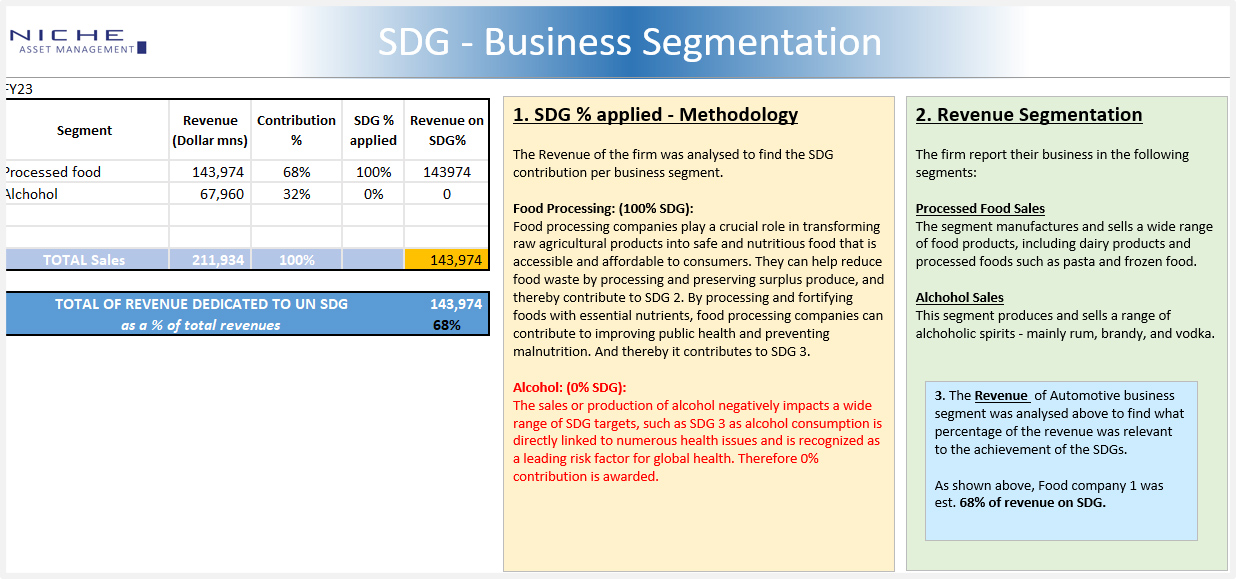
The second phase is the SDG Repercussion analysis, which is composed of the analysis of the positioning of the company in the SDGs-related business and the measurement of the SDGs instrumentality of the company’s business. The SDG Instrumentality represents the ‘intensity’ of the SDG exposure. The business exposure provides the exposure in terms of volume, but each activity can have a different ‘intensity’ in terms of importance for the SDGs achievements.
e.g. Producing cheap furniture for offices helps to set up new activities but the revenue has a lower SDG intensity than, for example, producing windmills.
Sample of SDG Repercussion Analysis:
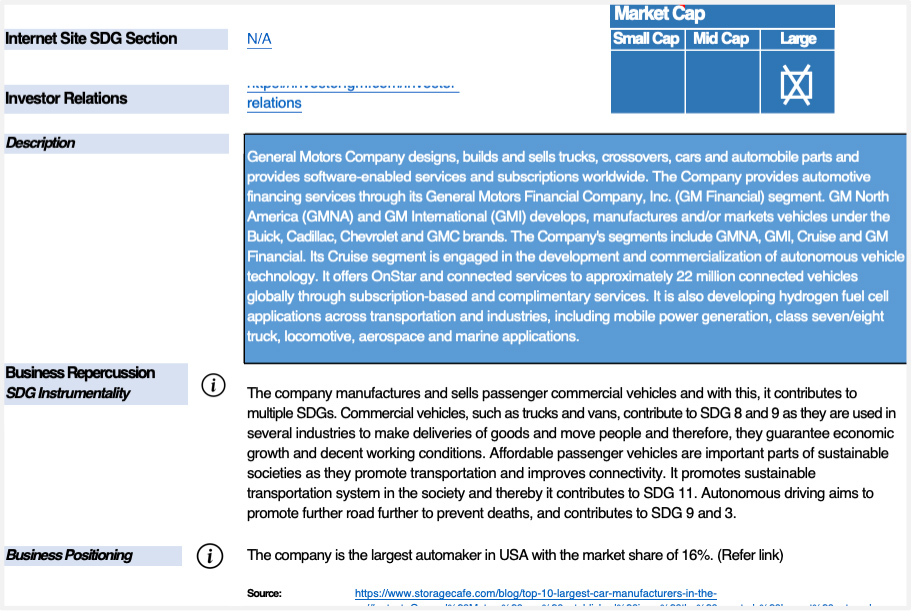
The Business positioning analysis is related to how much the company is needed for this SDG-related business/industry to continue operating smoothly; asking what the negative repercussions would be (like for example, higher prices, lower quality, less supply) if the company were to discontinue it. The market share in the area of activity is very important here.
A score is calculated for the company’s overall SDG repercussion, by classifying the positioning and functionality scores in a matrix.
Sample of SDG positioning and functionality Analysis:

In the business growth analysis, the analyst verifies whether the trend SDG-related business of the company is growing and whether and to what extent the company is investing in this trend SDG growth business.
The analysis includes understanding the trend of SDG business growth areas and investments from company reporting.

The analyst reaches out to investee companies to fully understand the firm’s strategy and direction for growing their SDG trend business. During the direct interactions, the analyst makes it clear to the investee company that the reason why the firm was chosen to be invested in was because the firm is active in some businesses functional to SDG. It is emphasized that the investments and the growth of those SDG businesses are considered particularly important from an investment perspective.

The analyst analyses and summarises the data to conclude whether the firm trend SDG business is growing.
Finally, the analyst puts together the factors presented above in a matrix which assesses the company’s impact on achieving the SDGs. If the company falls under the highlighted green sections of the matrix, it can be categorised as a positive contribution to the SDGs.
SDG Scoring Matrix:

SDG Scoring Description:
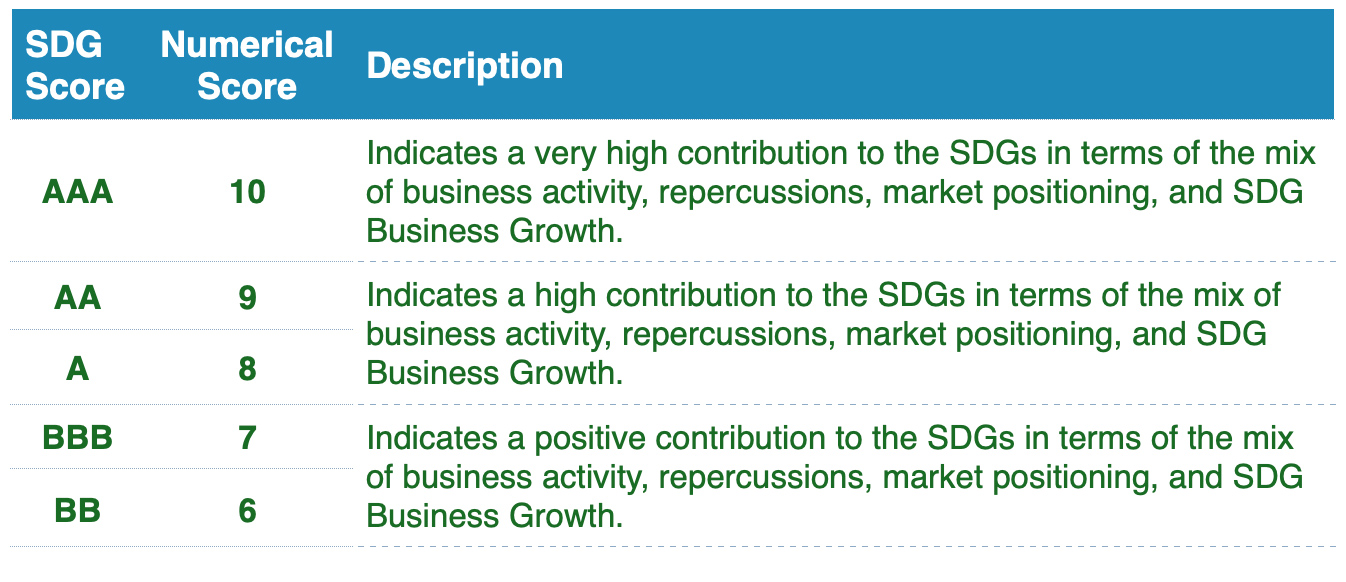

The Investment Manager has identified 28 themes, called TrendSDG, which are pivotal to the achievement of one or more of the Sustainable Development Goals (SDGs). Each of these themes (TrendSDG) is represented by a correlated portfolio of companies. The Investment Manager calculates the SDG impact of each TrendSDG portfolio (SDG score) on a monthly and annual basis.
Below it is highlighted which SDGs are relevant to each TrendSDG (the 28 TrendSDG, and for convenient reading, have been grouped into 7 macro-themes: Infrastructure, Mobility, Health, Materials, Finance, Food and Communication).
Themes and trends with SDG contribution as of May 2024:
